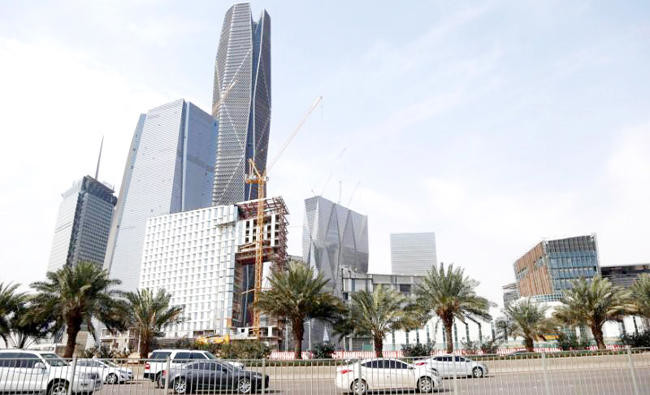LONDON: Business conditions in Saudi Arabia improved in July due to rising demand and increased construction activity in the Kingdom, according to the Emirates NBD Saudi Arabia Purchasing Managers’ Index (PMI).
The index, which measures economic activity in the non-oil sector, rose to 55.7 in July from 54.3 in June, the highest reading in three months. A ranking above 50 indicates economic growth, while a reading below 50 indicates a contraction.
“Faster growth in output and new orders helped the headline PMI in Saudi Arabia rise in July, signaling the fastest rate of non-oil sector expansion in three months. Firms were more optimistic last month, and this likely contributed to increased buying activity and inventory accumulation,” said Khatija Haque, regional head of research at Emirates NBD. The future output index — which measures sentiment about the 12-month outlook — rose to 59.6 in July.
The report found that manufacturing output and new orders increased at a faster rate in July compared to June. With new orders coming in, firms were able to increase their purchasing activity, with pre-production inventories rising at a faster rate in July compared to the previous month.
However, new export orders among non-oil private sector firms saw a renewed contraction in July after a short-lived increase the previous month. The report said the rate of decline was marginal, with those surveyed citing weakened international demand for Saudi Arabian goods and services.
Producers also cited increased cost pressures in July, mainly due to increased costs of raw materials. The input price index rose to 53.4 last month, marking a three-month high. However, companies did not pass these costs on to the buyers, with the output price index only marginally higher at 50.7. Potential price hikes were curtailed by “intense competitive conditions,” according to the firms surveyed by the report.
Companies also ramped up hiring in July, though the index remained relatively low at 51.2, ensuring that staffing costs only rose “modestly,” according to the report.
The UAE has also seen an improvement in its non-oil sector, with the July PMI reading rising to 56 in July from 55.8 in June. Firms surveyed cited new projects and favorable economic conditions as the reasons for growth. Egypt’s headline PMI rose to 48.6 in July, its highest reading in a year. However, the index suggests conditions are still poor within the North African country’s non-oil sector.
“PMI data coming from Saudi and UAE suggest that recoveries in the non-oil sectors in the Gulf region continued to strengthen and PMI data have increased to a three-month highs,” said Jaap Meijer, head of research at Arqaam Capital.
“Egypt’s PMI also recovered to a 12-month high of 48.6 up from 47.2 in the previous month, but still remained slightly below the 50 mark, signifying that the conditions in the local economy have improved markedly, despite rampant inflationary pressures, suggesting that the worst is now behind us,” he said.
Saudi Arabia’s non-oil economic outlook improves
Saudi Arabia’s non-oil economic outlook improves













